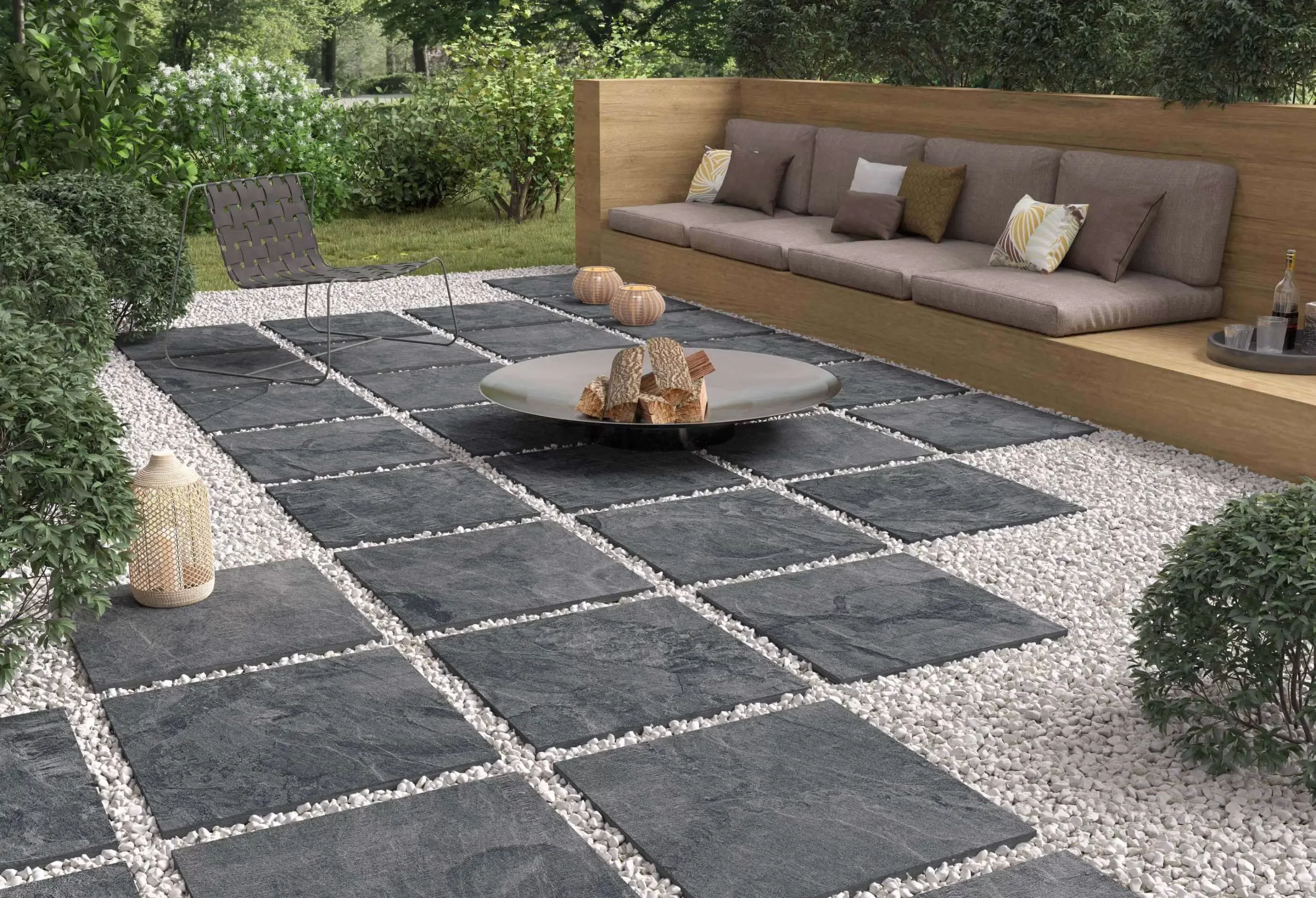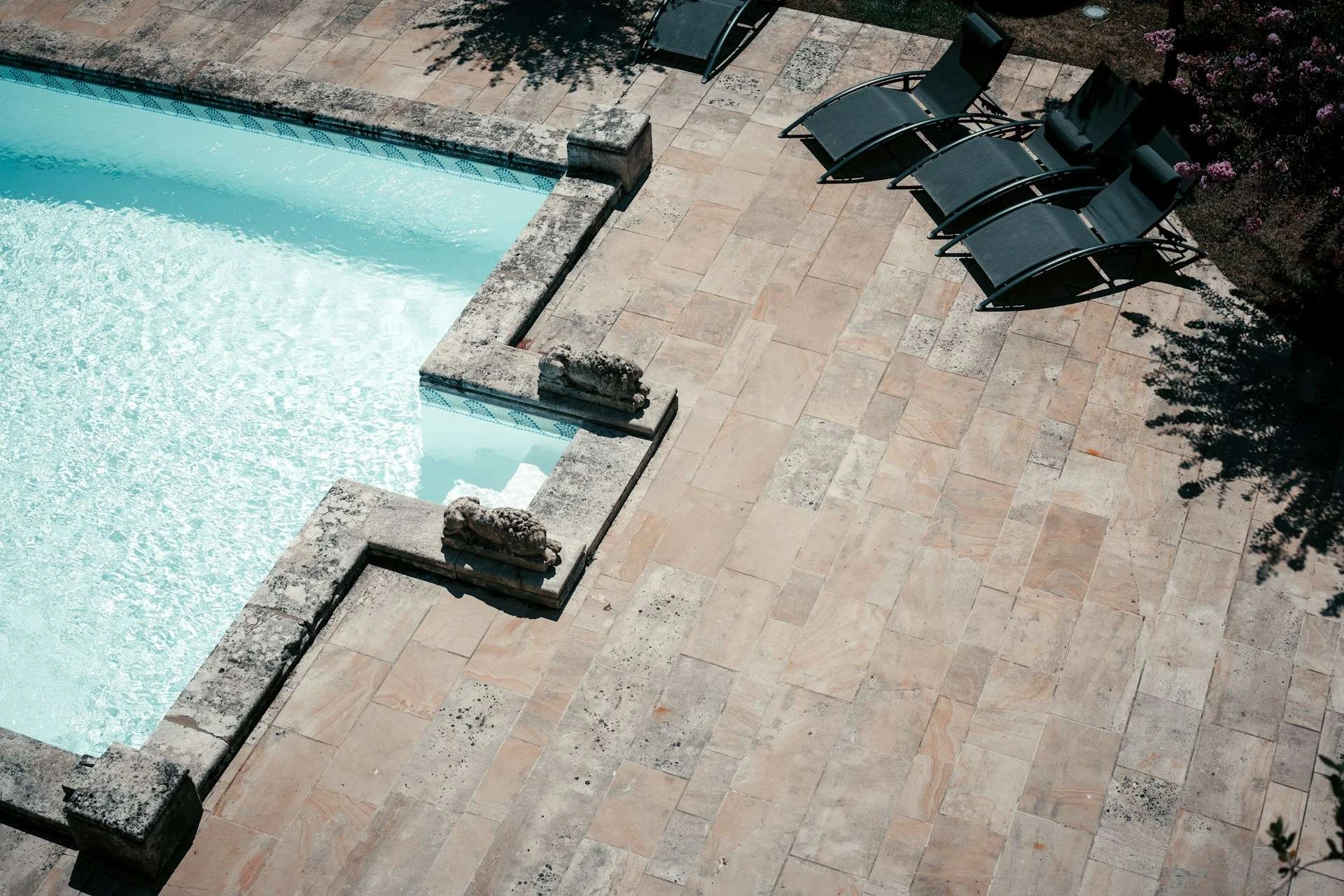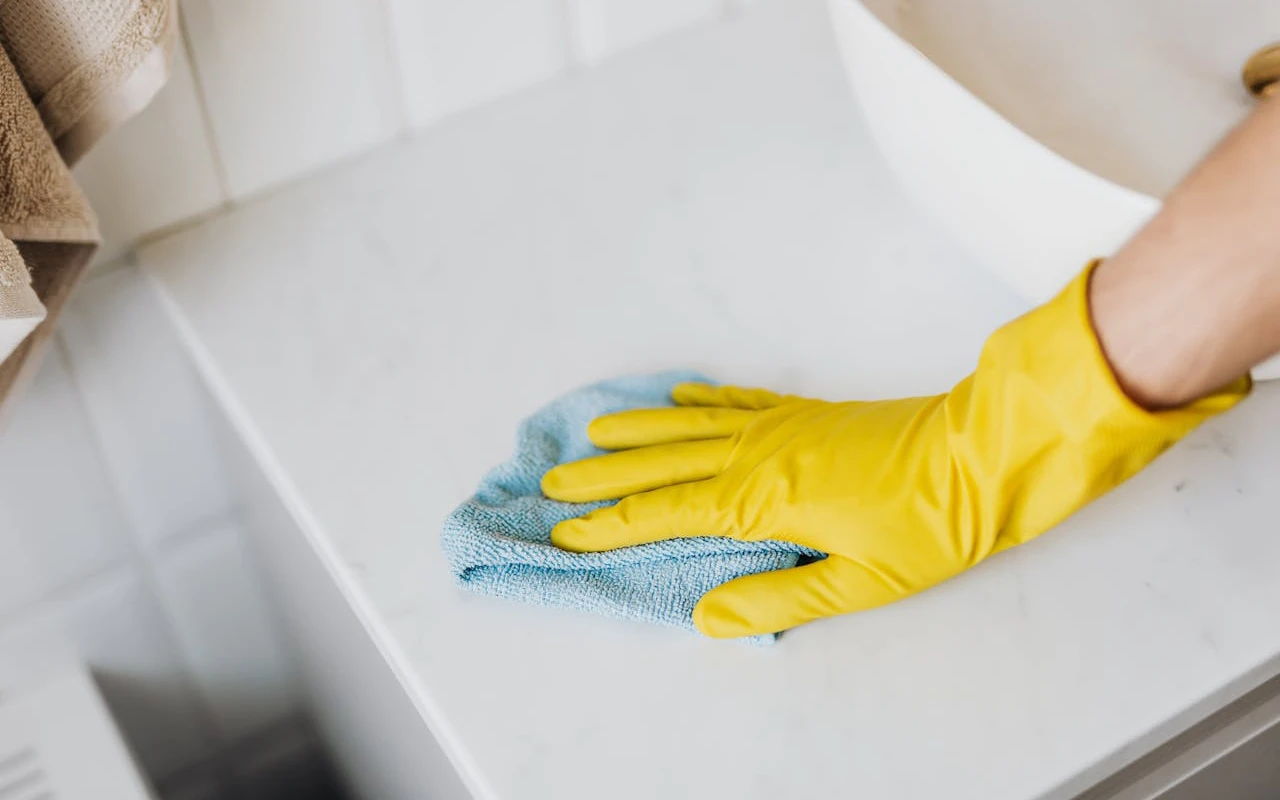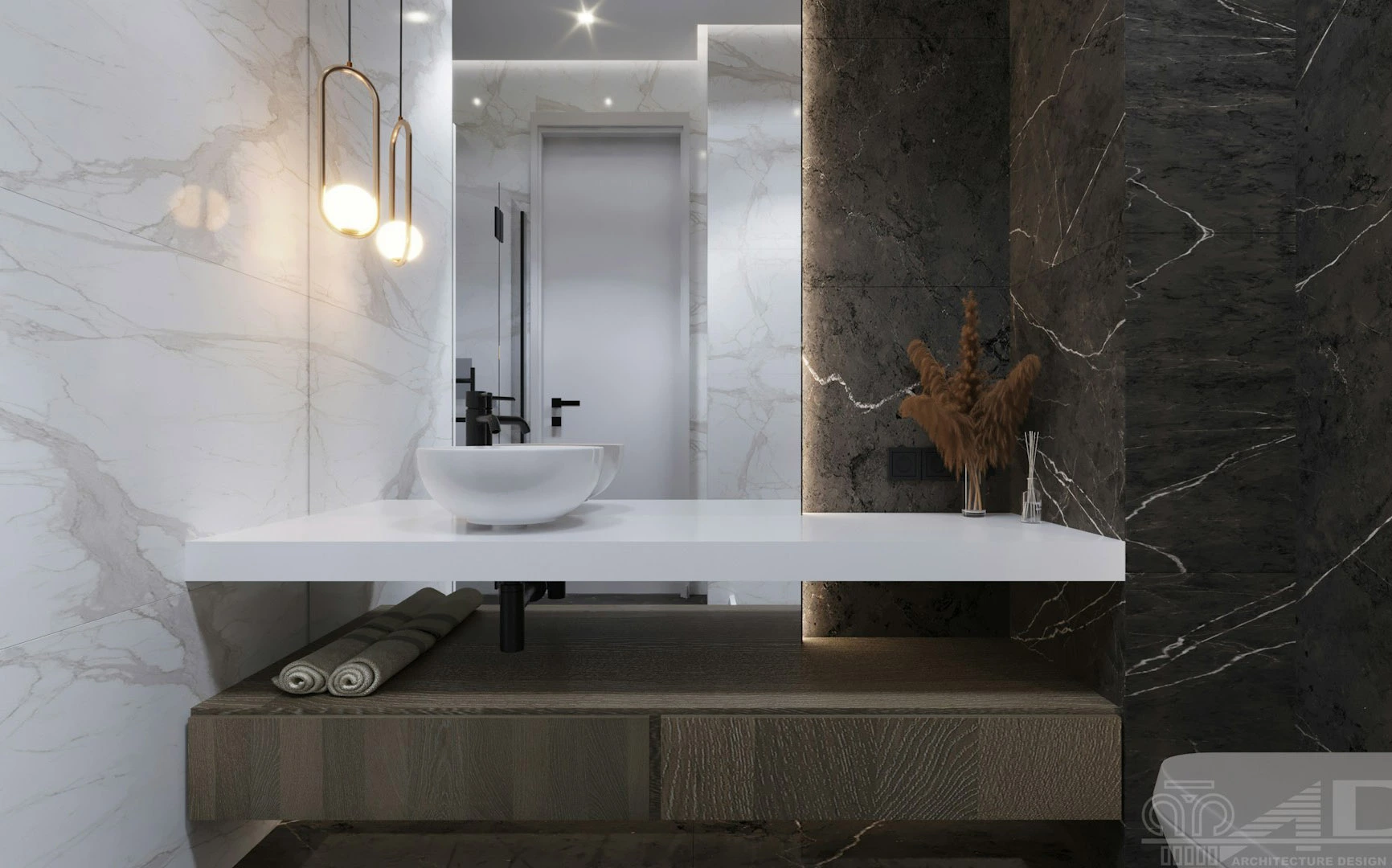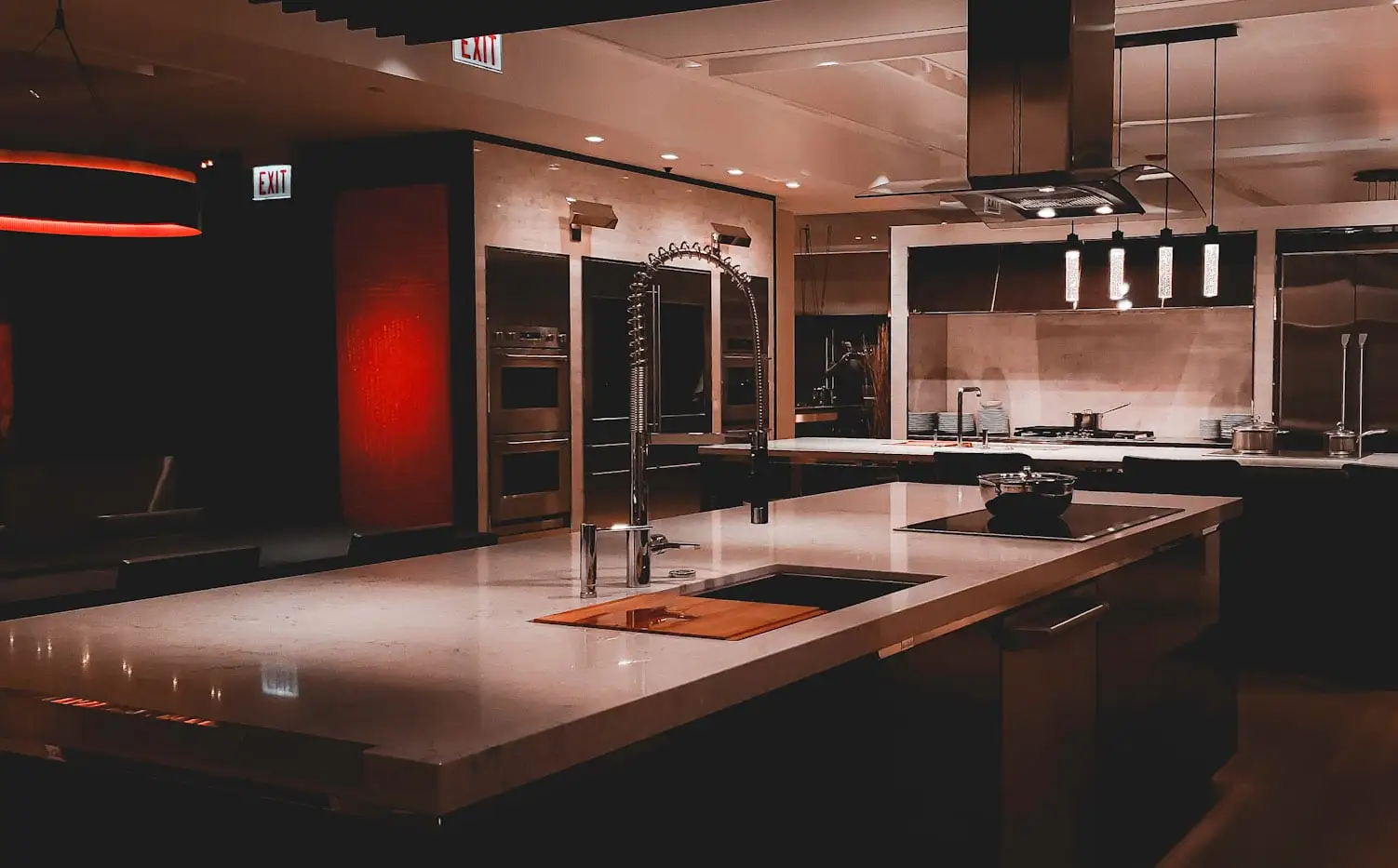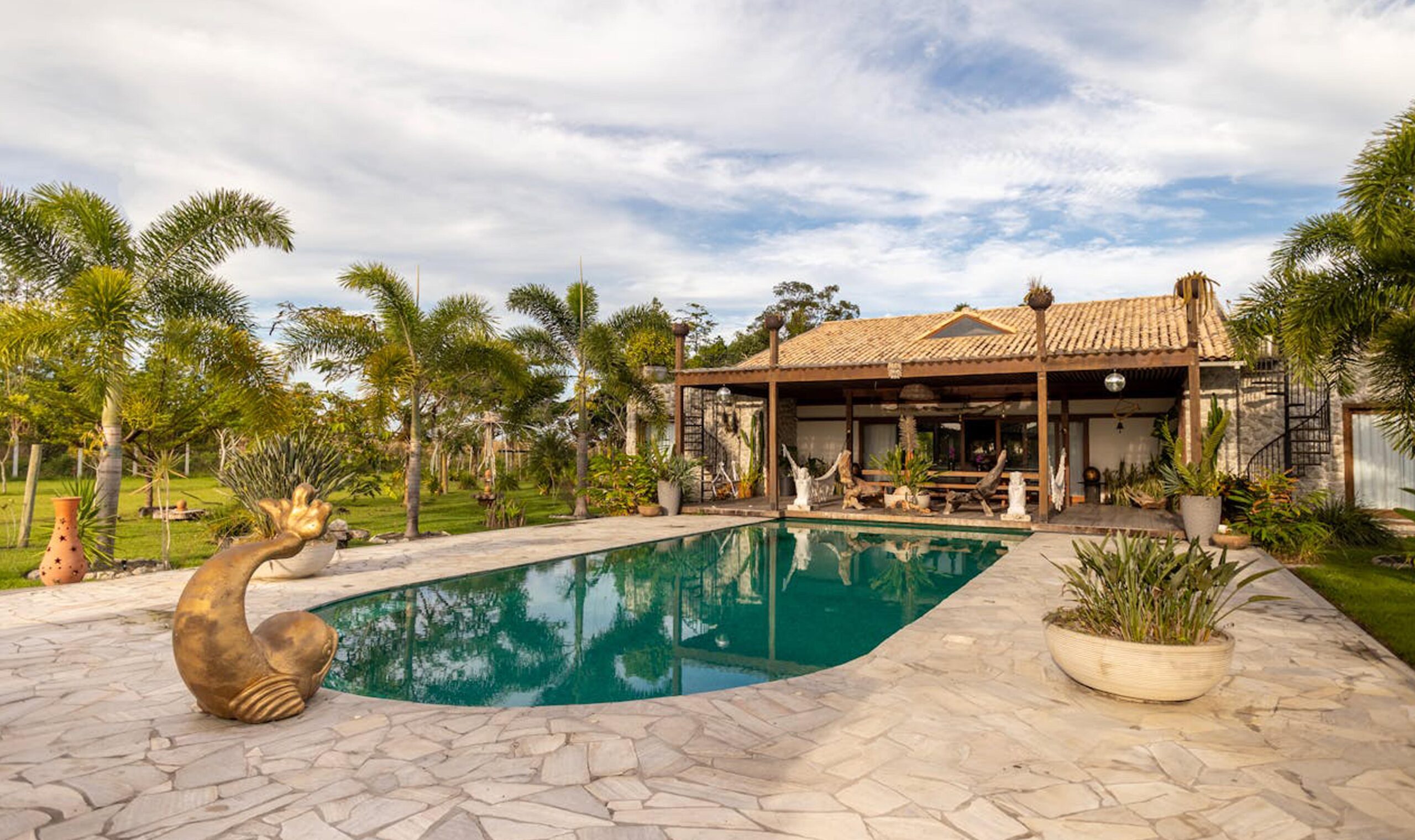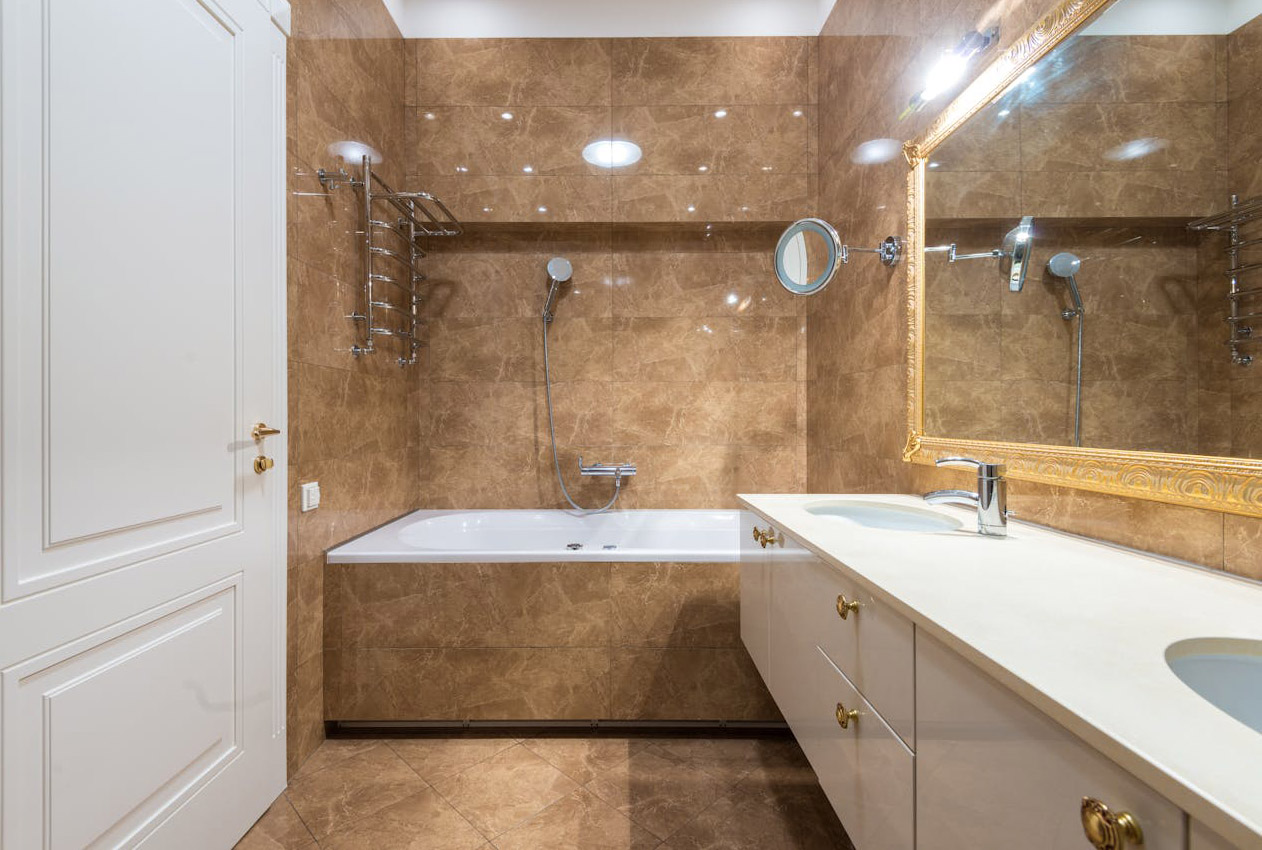In the world of natural stone, sandstone stands out for its earthy charm, easy workability, and timeless durability. From historic buildings to modern landscaping, sandstone stone has carved a unique place thanks to its natural textures and warm tones.
Today, we’ll uncover the beauty, advantages, and practical uses of sandstone in design and architecture.
What Is Sandstone Stone?
Sandstone is a sedimentary rock composed mostly of sand-sized minerals or rock grains, primarily quartz and feldspar. Over millions of years, these grains are compacted and cemented to form a solid stone that varies in color from beige to red to brown.
Key Characteristics:
Warm, earthy colors
Naturally slip-resistant
Easily carved and shaped
Durable but softer than granite or basalt
Benefits of Sandstone Stone
Natural Beauty
Sandstone offers warm, rustic aesthetics that fit perfectly in traditional, Mediterranean, and earthy modern designs.Durability for Generations
Many ancient structures made of sandstone, like Petra in Jordan, have stood the test of time.Eco-Friendly Material
Sandstone is abundant and requires less energy for extraction and processing compared to synthetic building materials.Versatile in Application
It can be used for interiors, exteriors, paving, cladding, and sculptural elements.Non-Slip Surface
The natural texture of sandstone provides excellent grip, making it ideal for outdoor paving and pool surrounds.
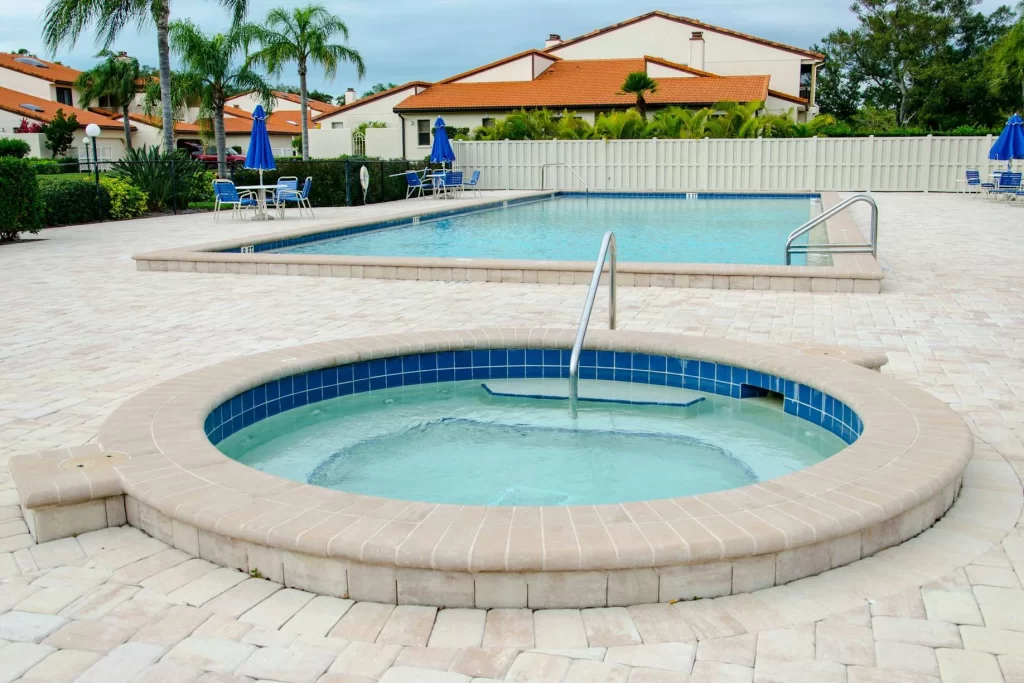
🏛️ Common Uses of Sandstone Stone
| Application | Why It’s Ideal |
|---|---|
| Flooring | Textured surface for safe walking |
| Wall Cladding | Adds natural texture and warmth |
| Paving and Patios | Durable, weather-resistant |
| Building Facades | Timeless and classic appearance |
| Garden Features and Sculptures | Easy to carve into intricate designs |
Popular Sandstone Varieties
Rainbow Sandstone: Stunning multi-color layers
Dholpur Beige: Soft creamy tones
Teakwood Sandstone: Striking wood-like grains
Red Sandstone: Bold and rich color, used in many historic buildings
Pro Tip: Use teakwood sandstone for feature walls to create a natural, artistic look indoors.
How to Maintain Sandstone Stone
Sandstone is relatively easy to care for with a few simple steps:
Seal it properly to prevent water absorption and staining
Clean with mild soap and water—avoid harsh acids
Re-seal outdoor sandstone every 2-3 years for best durability
Use a soft brush to clean textured surfaces without damage
Well-maintained sandstone can last for decades, growing even more beautiful as it ages.
Final Thought: Sandstone Stone Is Where Strength Meets Natural Beauty
With its combination of natural elegance, versatility, and proven resilience, sandstone stone remains a favorite for architects, builders, and designers worldwide.
Whether you’re creating a rustic patio, a majestic building facade, or an artistic garden feature, sandstone delivers a connection to nature that’s impossible to replicate.

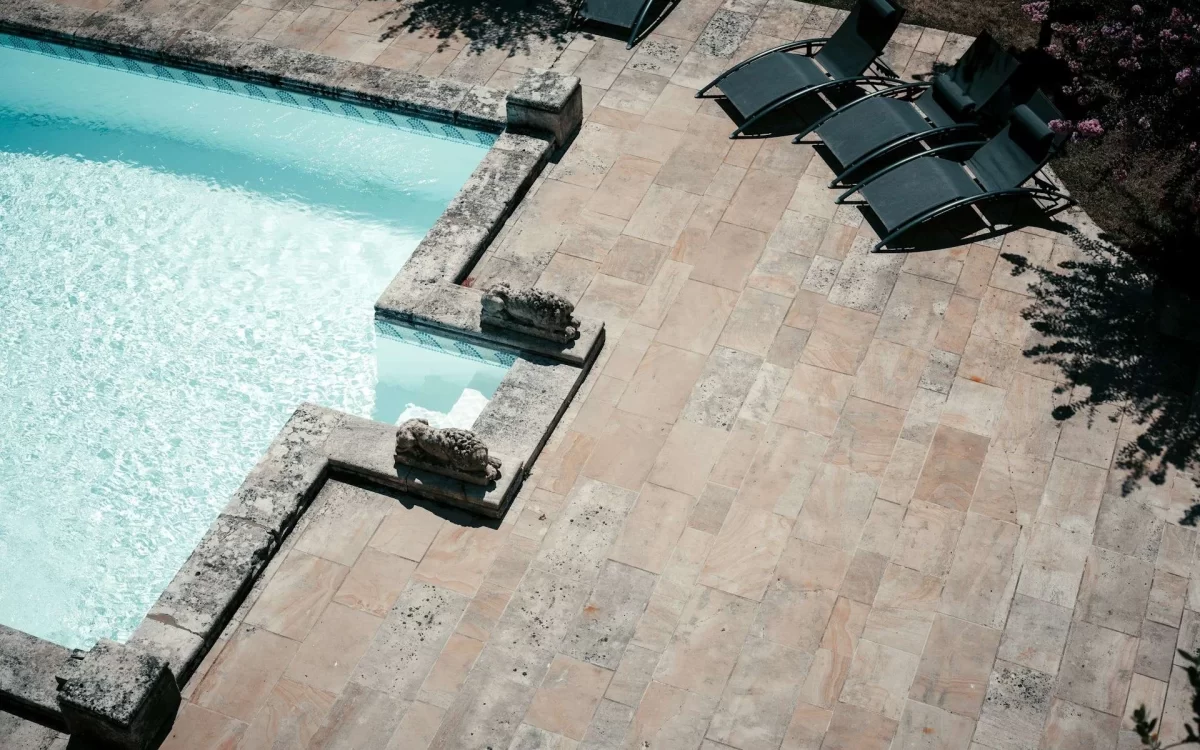
 Related Reads on Stoneman Magazine:
Related Reads on Stoneman Magazine: